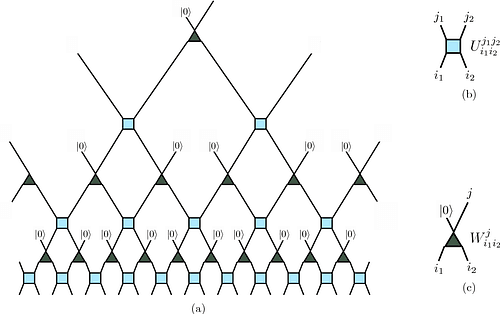And it has the familar parts of your classical CNN:
1.Convolutional layers : Instead of kernals, you have gates that are applied to the qubits adjacent to it
2.Pooling Layers : Where you just measure half of the qubits and kick out the rest
3.Fully Connected Layer: Just like the normal one
If you’re a super quantum nerd you might have noticed that this architechture might have some resemblence to a reverse MERA (Multi-scale Entanglement Renormalization Ansatz).
A normal MERA takes 1 qubit and then exponentially increases the number of qubits by introducing new qubits into the circuit.
But in the reverse MERA, we’re doing the
29
143 reads
CURATED FROM
IDEAS CURATED BY
卐 || एकं सत विप्रा बहुधा वदन्ति || Enthusiast || Collection Of Some Best Reads || Decentralizing...
The idea is part of this collection:
Learn more about artificialintelligence with this collection
How to build trust and respect with team members
How to communicate effectively
How to motivate and inspire others
Related collections
Read & Learn
20x Faster
without
deepstash
with
deepstash
with
deepstash
Personalized microlearning
—
100+ Learning Journeys
—
Access to 200,000+ ideas
—
Access to the mobile app
—
Unlimited idea saving
—
—
Unlimited history
—
—
Unlimited listening to ideas
—
—
Downloading & offline access
—
—
Supercharge your mind with one idea per day
Enter your email and spend 1 minute every day to learn something new.
I agree to receive email updates
